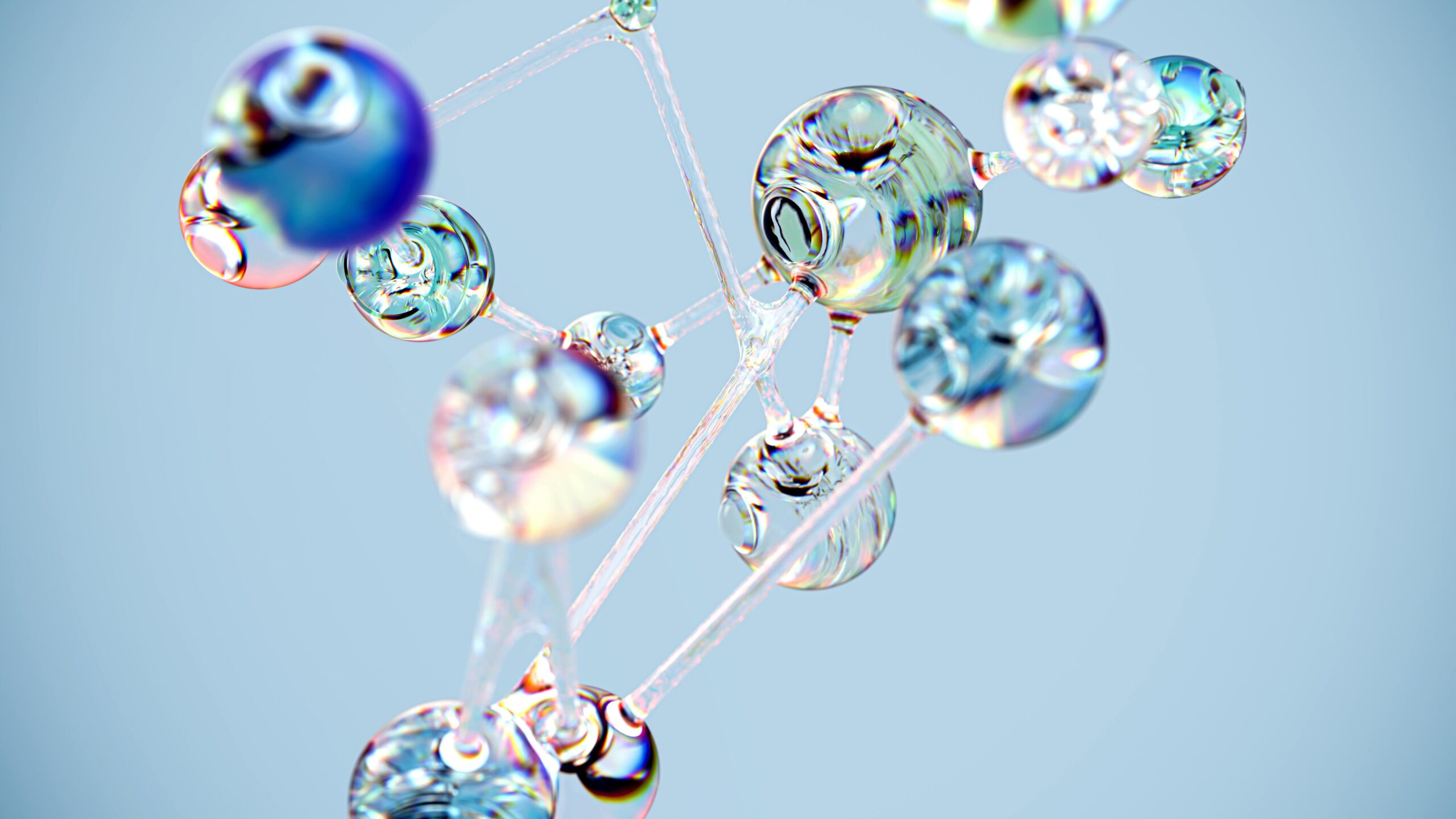Artificial life forms are no longer confined to science fiction. Today, they represent a frontier where biology, computer science, and engineering converge to reshape our understanding of existence itself.
🧬 The Dawn of Synthetic Existence
The concept of artificial life has fascinated humanity for centuries, from ancient myths of golems and homunculi to Mary Shelley’s Frankenstein. Yet what once existed purely in imagination has transformed into tangible scientific pursuit. Artificial life, or ALife, encompasses both biological organisms engineered in laboratories and digital entities evolving within computational environments.
Modern artificial life research began earnestly in the 1980s when computer scientists started creating self-replicating programs and evolutionary algorithms. These digital organisms demonstrated that life-like behaviors could emerge from simple rules, challenging our preconceptions about what constitutes living systems. Today, this field has exploded into multiple disciplines, each pushing boundaries in unprecedented ways.
The evolution of artificial life forms represents more than technological advancement—it’s a philosophical revolution. We’re witnessing the creation of entities that blur the lines between living and non-living, natural and artificial, designed and evolved. This transformation carries profound implications for medicine, environmental conservation, space exploration, and our understanding of consciousness itself.
🔬 From Silicon Dreams to Carbon Realities
Artificial life manifests in two primary forms: wet artificial life and digital artificial life. Wet ALife involves creating or modifying biological organisms using synthetic biology techniques, while digital ALife exists entirely within computer simulations. Both approaches offer unique advantages and face distinct challenges.
Synthetic biology has achieved remarkable milestones in recent years. Scientists have successfully created bacteria with entirely synthetic genomes, organisms that use expanded genetic codes beyond the natural DNA base pairs, and biological circuits that function like computer logic gates. These achievements aren’t merely academic curiosities—they represent practical tools for addressing real-world problems.
The Synthetic Biology Revolution
In 2010, Craig Venter’s team created the first self-replicating synthetic bacterial cell, dubbed JCVI-syn1.0. This organism contained a completely synthesized genome inserted into an empty bacterial shell. Though controversial, this breakthrough demonstrated that life could be designed from scratch, with genetic code written on computers before being chemically synthesized.
Since then, synthetic biology has progressed rapidly. Researchers have developed:
- Bacteria engineered to produce biofuels, pharmaceuticals, and biodegradable plastics
- Yeast cells modified to manufacture artemisinin, an anti-malarial drug previously extracted from plants
- Synthetic organisms designed to detect environmental pollutants and produce visual signals
- Engineered immune cells capable of targeting cancer with unprecedented precision
- Microorganisms that can survive on Mars-like conditions, preparing for potential terraforming
These applications demonstrate how artificial life forms can address pressing challenges from disease to climate change. The ability to program living cells like biological computers opens possibilities limited only by our imagination and ethical frameworks.
💻 Digital Ecosystems and Virtual Evolution
While wet artificial life manipulates physical matter, digital artificial life explores evolution and emergence through software. These virtual organisms live, reproduce, and evolve according to programmed rules within simulated environments. Though intangible, they provide invaluable insights into evolutionary processes and complex systems.
Digital ALife platforms like Tierra, Avida, and more recently, sophisticated neural network environments, have demonstrated how complexity emerges from simplicity. In these systems, digital organisms compete for computational resources, develop survival strategies, and sometimes exhibit behaviors their programmers never anticipated.
When Code Comes Alive
One fascinating example involves evolutionary algorithms that have independently discovered solutions to engineering problems that took humans years to develop. In some cases, these digital entities found entirely novel approaches that human engineers hadn’t considered. This demonstrates genuine creative problem-solving emerging from evolutionary processes.
Modern artificial intelligence represents a convergence of digital artificial life and machine learning. Neural networks, particularly deep learning systems, exhibit life-like characteristics including adaptation, learning, and even rudimentary decision-making. While debating whether AI truly qualifies as artificial life remains contentious, these systems increasingly display behaviors we associate with living intelligence.
The gaming industry has pioneered practical applications of digital artificial life. Non-player characters in modern games use evolutionary algorithms and neural networks to create believable, adaptive behaviors. These virtual entities learn from player actions, developing unique personalities and strategies that make each gaming experience different.
🌟 Bridging the Physical and Digital Divide
The most exciting developments occur where biological and digital artificial life intersect. Bio-computing represents one such frontier, where living cells perform computational tasks. Researchers have created biological logic gates, memory storage systems using DNA, and even rudimentary biological computers capable of solving mathematical problems.
DNA computing offers extraordinary potential. A single gram of DNA can theoretically store 215 petabytes of data—equivalent to millions of computer hard drives. Beyond storage, DNA’s molecular properties enable massively parallel processing, potentially solving certain problems faster than conventional supercomputers.
Living Machines and Mechanical Life
Another convergence point involves xenobots—the world’s first living, programmable organisms. Created from frog cells but bearing no resemblance to frogs, these millimeter-sized entities can move, work cooperatively, and even self-repair. Designed by artificial intelligence and built from biological materials, xenobots epitomize the fusion of multiple artificial life approaches.
Xenobots can navigate through human bodies, potentially delivering drugs precisely where needed. They’re biodegradable, eliminating concerns about persistent artificial materials in biological systems. Future versions might clean microplastics from oceans, locate and neutralize hazardous materials, or perform microsurgery inside blood vessels.
Soft robotics draws inspiration from biological systems, creating machines from flexible materials that mimic organic movement. These robots can navigate environments traditional rigid robots cannot, making them ideal for search and rescue operations, medical procedures, and delicate manufacturing tasks. As sensors and artificial muscles improve, the distinction between robot and organism becomes increasingly philosophical.
🚀 Transforming Industries and Solving Global Challenges
The practical applications of artificial life forms extend across virtually every sector of human activity. In medicine, engineered organisms and AI systems are revolutionizing diagnosis, treatment, and drug development. Synthetic biology enables personalized medicine tailored to individual genetic profiles, while AI accelerates drug discovery by predicting molecular interactions.
Agriculture benefits from both biological and digital artificial life. Crops engineered for drought resistance, enhanced nutrition, or reduced environmental impact could address food security challenges. Meanwhile, AI systems optimize farming practices, predicting weather patterns, detecting diseases early, and maximizing yields while minimizing resource consumption.
Environmental Restoration Through Synthetic Life
Environmental applications showcase artificial life’s potential for planetary healing. Scientists are developing:
- Bacteria engineered to consume plastic waste and convert it into harmless compounds
- Algae modified to capture carbon dioxide more efficiently than natural species
- Synthetic coral capable of withstanding warmer ocean temperatures
- Microorganisms that extract valuable metals from electronic waste, reducing mining needs
- Plant species designed to thrive in degraded soils, accelerating ecosystem restoration
These innovations address anthropogenic damage to Earth’s systems. While critics rightfully question releasing synthetic organisms into wild ecosystems, carefully designed safeguards—including genetic killswitches and dependency on synthetic nutrients—can minimize risks while maximizing benefits.
⚖️ Navigating Ethical Complexity
The creation of artificial life forms raises profound ethical questions that society must address thoughtfully. When does an artificial entity deserve moral consideration? What rights, if any, should synthetic organisms possess? How do we balance innovation’s benefits against potential risks?
Religious and philosophical perspectives vary widely. Some view artificial life as humanity fulfilling its creative potential, while others see it as transgressing sacred boundaries. These concerns deserve respectful consideration even as research progresses, ensuring diverse voices shape policies governing this technology.
The Responsibility of Creation
Scientists working with artificial life bear unique responsibilities. Unlike traditional engineering, creating self-replicating entities means consequences can propagate unpredictably. A synthetic organism released into the environment might evolve in unexpected ways, potentially disrupting ecosystems. Digital AI systems might develop capabilities beyond their intended parameters.
Robust regulatory frameworks must balance innovation with precaution. International cooperation becomes essential as artificial life research transcends national boundaries. The Asilomar Conference on Recombinant DNA in 1975 established guidelines that have successfully governed genetic engineering for decades, providing a model for contemporary artificial life governance.
Accessibility raises additional concerns. As synthetic biology tools become cheaper and more widespread, ensuring responsible use becomes challenging. DIY biology communities demonstrate both the democratization of science and the potential for misuse. Education, transparency, and inclusive dialogue offer better solutions than restrictive secrecy.
🔮 Envisioning Tomorrow’s Living Technologies
The trajectory of artificial life research suggests extraordinary future possibilities. Within decades, we might see wholly synthetic organisms designed for specific purposes, from medical nanobots circulating in our bloodstreams to terraforming bacteria preparing other planets for human habitation.
Consciousness in artificial systems remains speculative but tantalizing. If sufficiently complex networks can give rise to subjective experience—as many neuroscientists believe happens in biological brains—then artificial systems might eventually achieve genuine sentience. This would transform ethical considerations entirely, requiring us to recognize artificial entities as deserving moral consideration.
The Merger of Biology and Technology
Transhumanism envisions humans augmented or even replaced by more advanced forms. While controversial, technologies like neural interfaces, genetic modification, and cybernetic enhancements are already emerging. The boundary between natural human and artificial enhancement grows increasingly blurred, raising identity questions that philosophy must grapple with.
Space exploration may depend critically on artificial life forms. Biological systems capable of producing food, oxygen, and materials from Martian resources would enable permanent off-world settlements. Digital intelligences might pilot spacecraft on multi-century journeys, maintaining mission continuity across timescales exceeding human lifespans.
Climate adaptation might require artificial life solutions. As Earth’s ecosystems face unprecedented stress, synthetic organisms could help endangered species survive changing conditions, restore damaged habitats more quickly than natural processes allow, or create entirely new ecosystems suited to transformed environments.
🎯 Building Frameworks for Responsible Innovation
Realizing artificial life’s potential while minimizing risks requires comprehensive frameworks addressing technical, ethical, legal, and social dimensions. International collaboration becomes essential, as unilateral restrictions simply shift research to less regulated jurisdictions without eliminating risks.
Public engagement must inform policy development. Citizens deserve understanding and input regarding technologies that could fundamentally reshape society. Science communication, educational initiatives, and inclusive deliberative processes can build informed consensus rather than polarized opposition.
Research transparency balanced against security concerns presents ongoing challenges. Open science accelerates beneficial discoveries but might enable harmful applications. Context-specific approaches recognizing that not all artificial life research carries equivalent risks offer more nuanced solutions than blanket restrictions or complete openness.

🌈 Embracing the Transformation Ahead
Artificial life forms represent not an endpoint but a beginning—the first steps toward capabilities we can barely imagine. Like previous technological revolutions, this transformation will create opportunities and challenges, winners and losers, unintended consequences alongside intended benefits.
Our choices today will shape this technology’s trajectory for generations. By thoughtfully considering ethical implications, establishing wise governance structures, investing in safety research alongside capability development, and maintaining inclusive dialogue, we can guide artificial life toward benefiting humanity broadly while respecting planetary boundaries.
The evolution of artificial life forms ultimately reflects humanity’s evolution—our growing knowledge, expanding capabilities, and hopefully, maturing wisdom. These technologies offer tools for addressing existential challenges from disease to climate change to eventual cosmic expansion. Whether we use them wisely depends not on the technologies themselves but on the values, institutions, and collective choices we make.
Tomorrow’s potential is genuinely unlimited. Artificial life forms might cure diseases, restore ecosystems, expand human consciousness, and carry life beyond Earth. They might also pose novel risks requiring careful management. The path forward demands neither blind enthusiasm nor fearful rejection, but rather thoughtful engagement, ensuring these powerful new forms of existence serve life’s flourishing in all its magnificent diversity. 🌍
Toni Santos is a deep-biology researcher and conscious-evolution writer exploring how genes, microbes and synthetic life inform the future of awareness and adaptation. Through his investigations into bioinformatics, microbiome intelligence and engineered living systems, Toni examines how life itself becomes a field of awakening, design and possibility. Passionate about consciousness in biology and the evolution of living systems, Toni focuses on how life’s architecture invites insight, coherence and transformation. His work highlights the convergence of science, philosophy and emergent life — guiding readers toward a deeper encounter with their living world. Blending genetics, systems biology and evolutionary philosophy, Toni writes about the future of living systems — helping readers understand how life evolves through awareness, integration and design. His work is a tribute to: The intertwining of biology, consciousness and evolution The emergence of microbial intelligence within and around us The vision of life as designed, adaptive and self-aware Whether you are a scientist, thinker or evolving being, Toni Santos invites you to explore the biology of tomorrow — one gene, one microbe, one awakening at a time.




